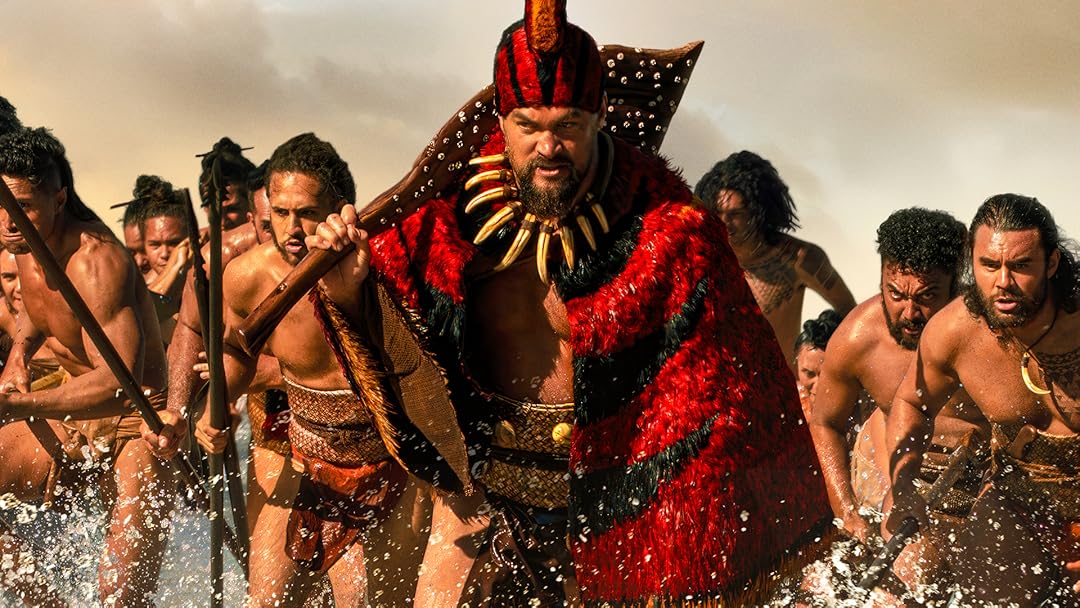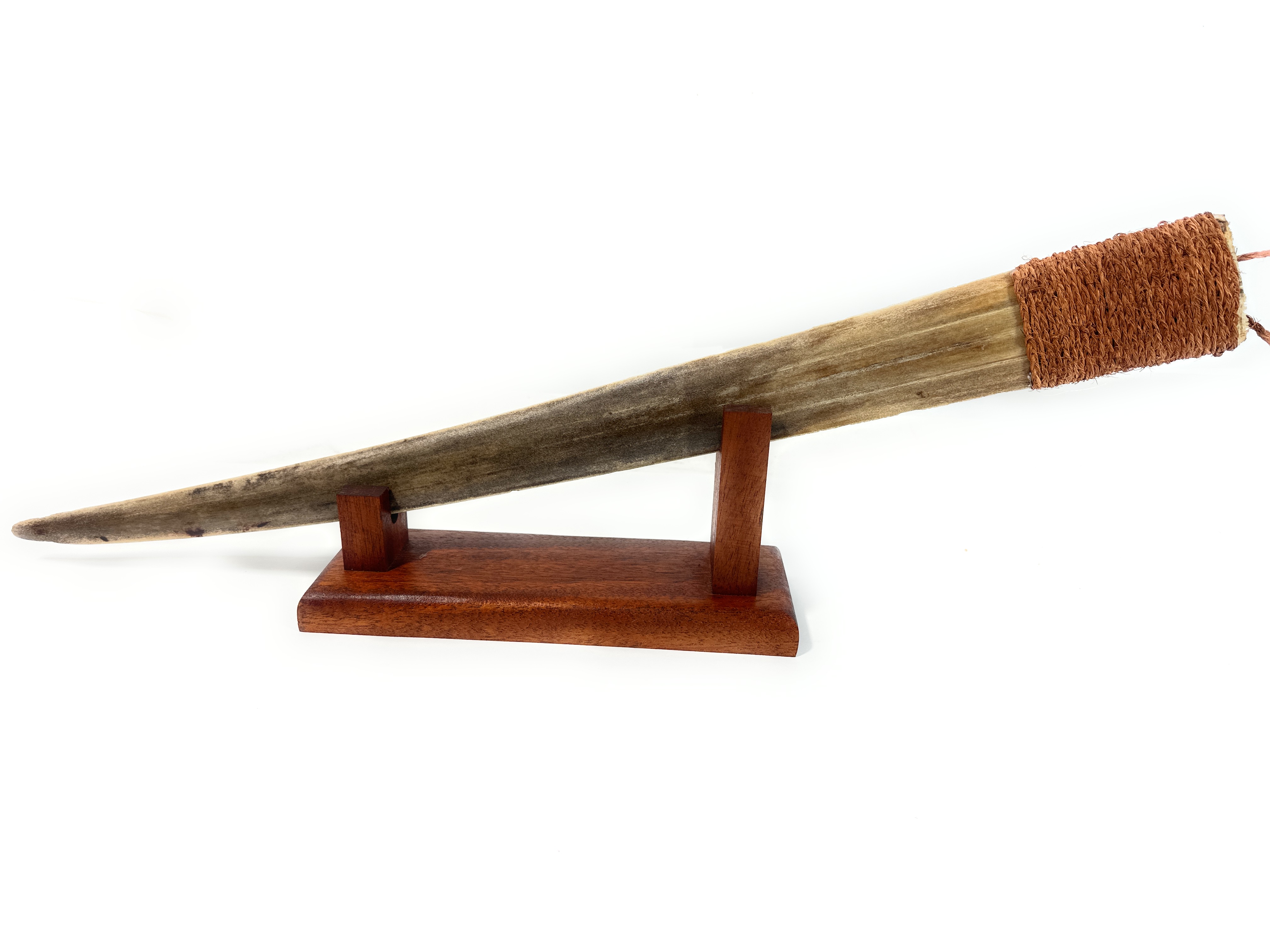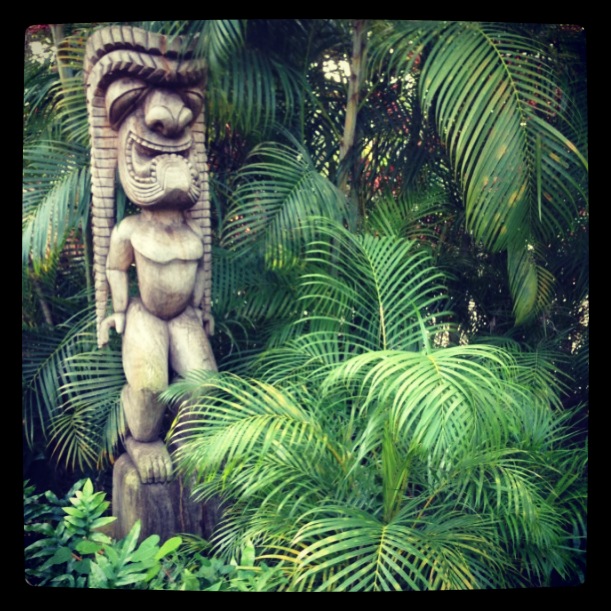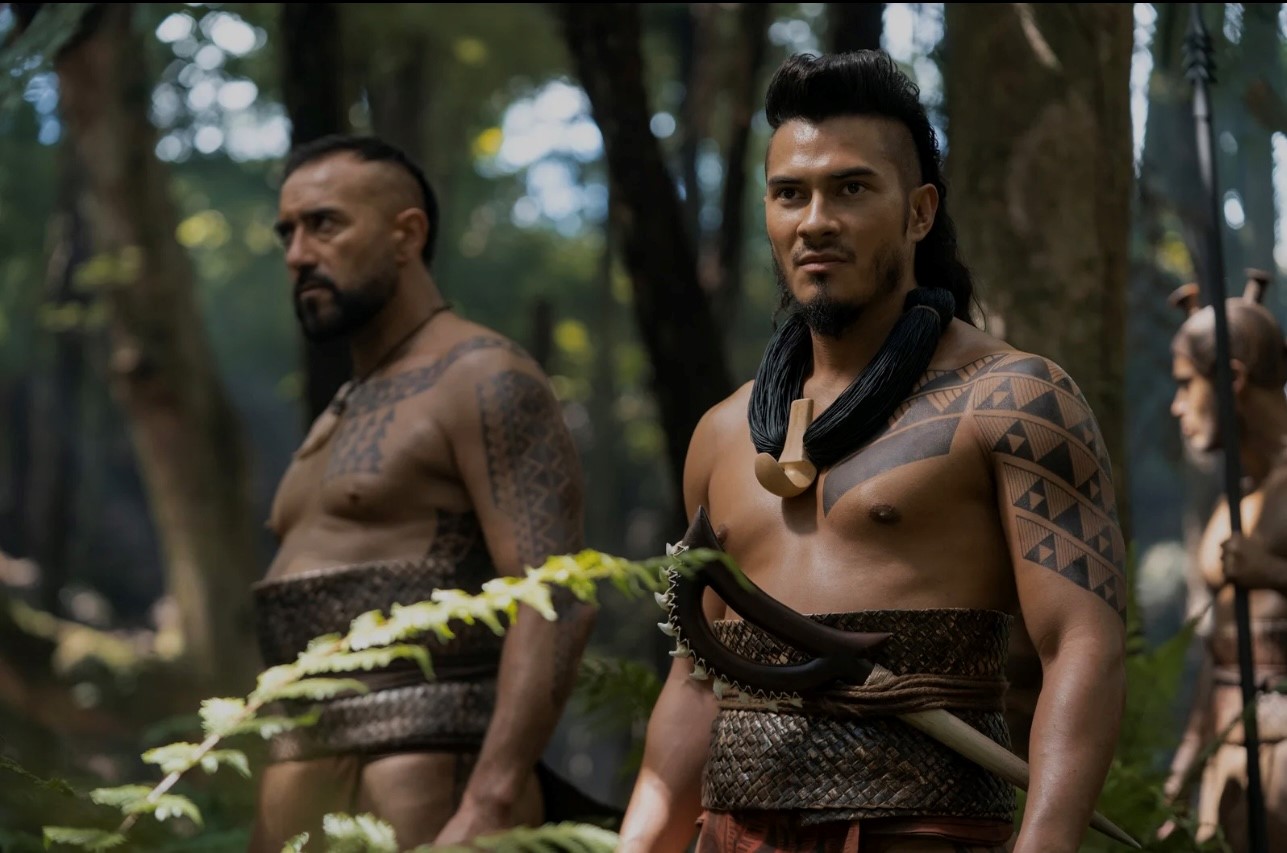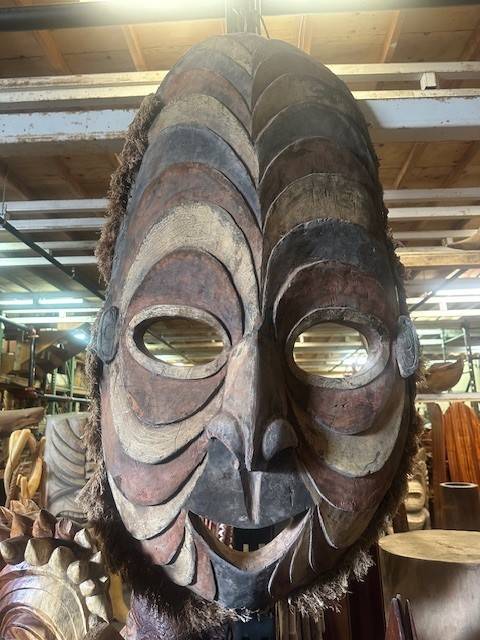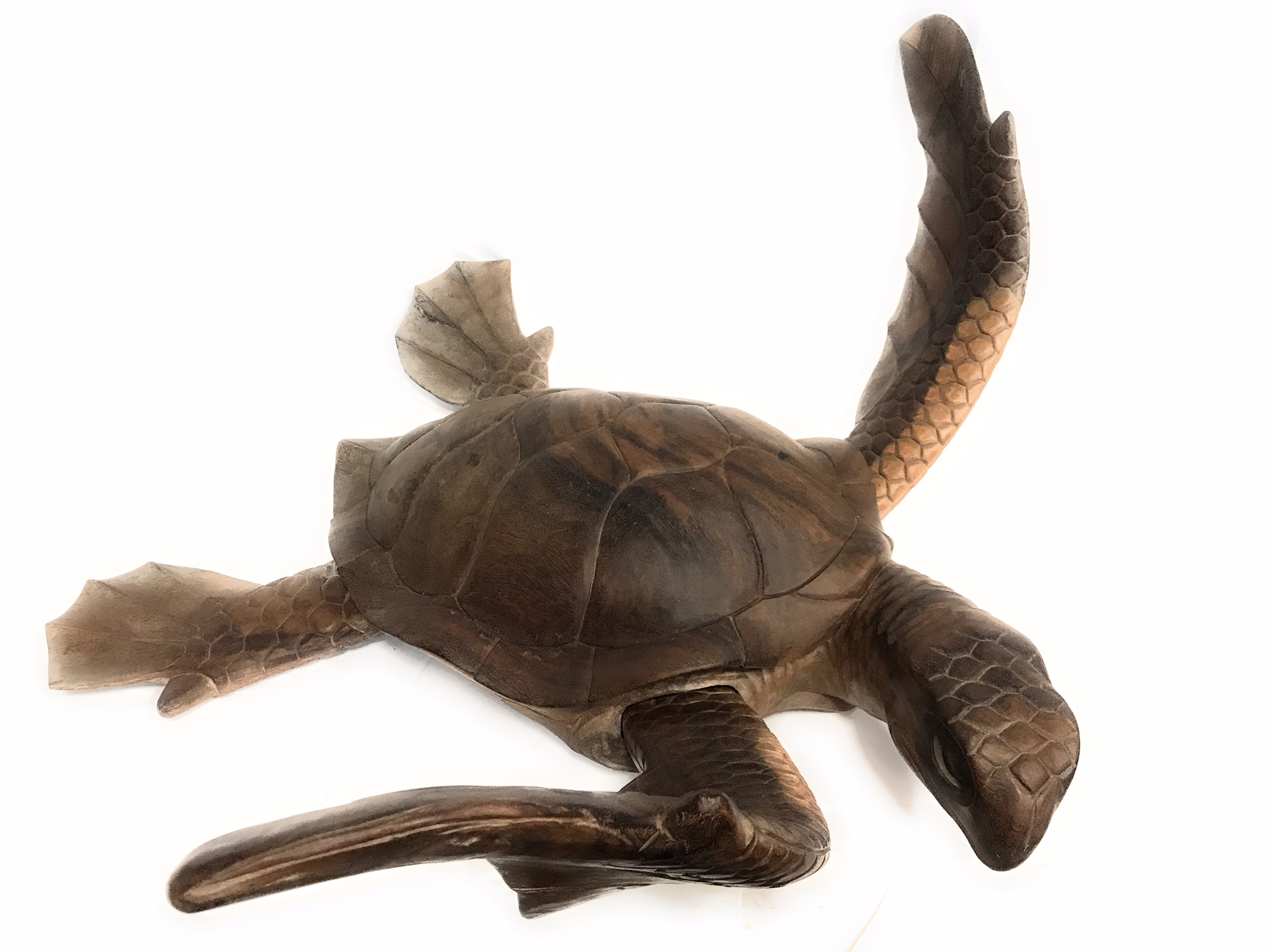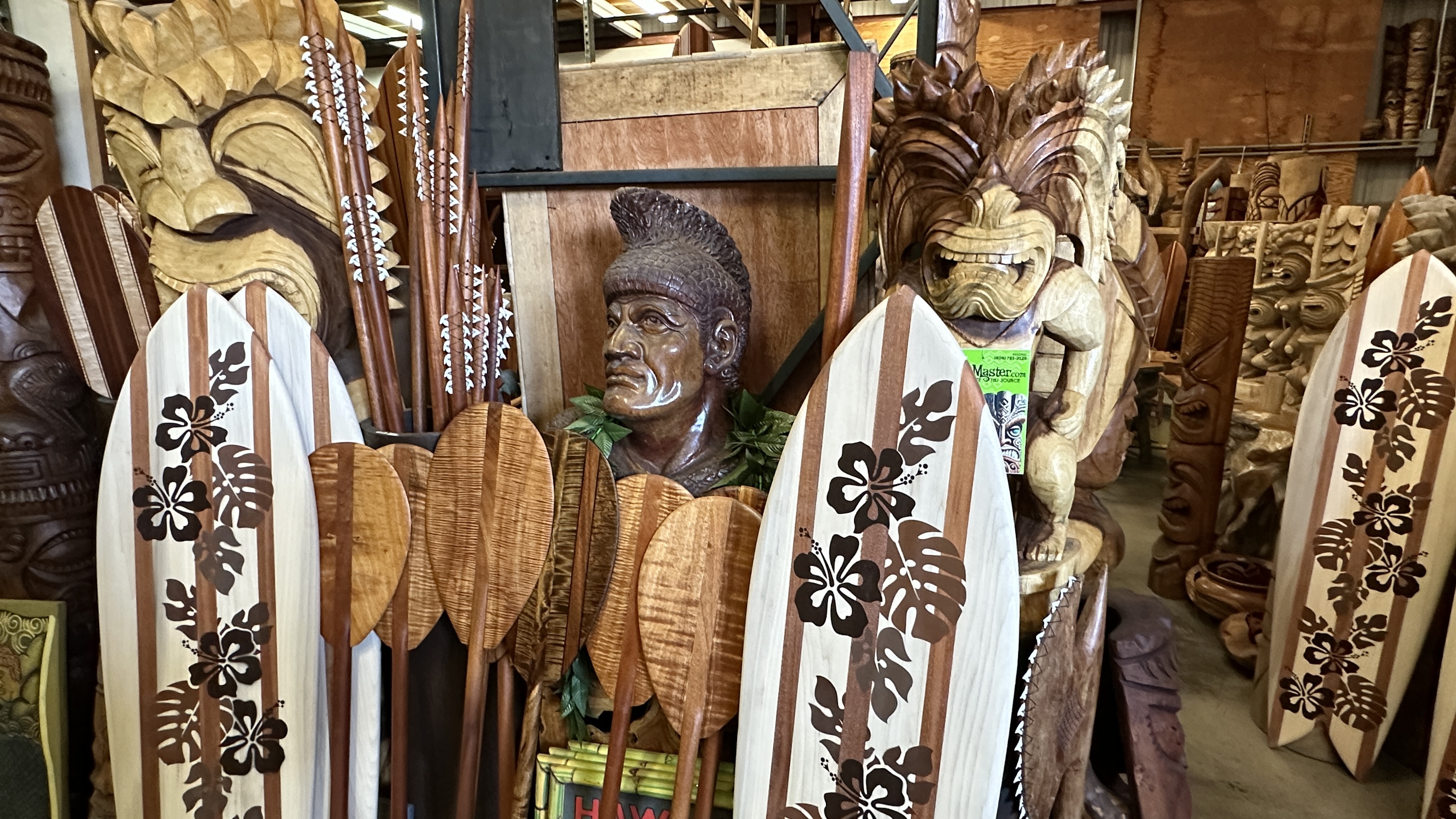Exploring Tikimaster : Chief of War Hawaiian Artifacts
Hawaiian artifacts - Chief Of War tell stories of a rich and vibrant past. Among these treasures,
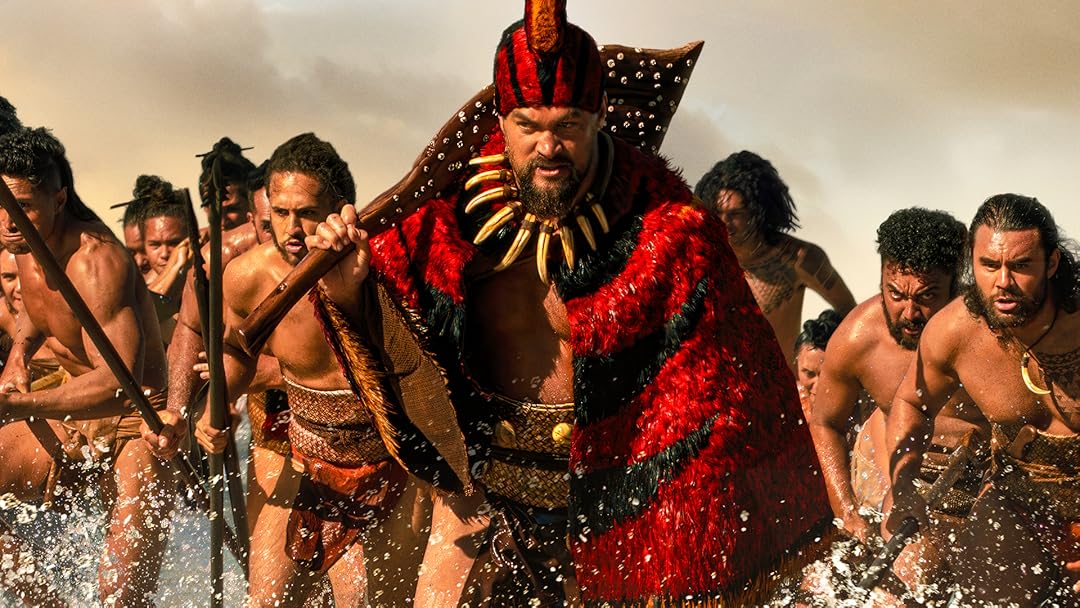
Photo courtesy of Chief of War ©
The "
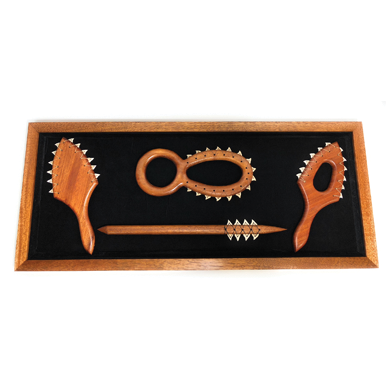
Exploring these artifacts reveals much about Hawaiian
For history enthusiasts and collectors,
The Legacy of Hawaiian Chiefs of War
In ancient Hawaii, chiefs of war were esteemed leaders. They were not only warriors but also strategic masterminds. These chiefs, or ali'i, played crucial roles in battle and governance.
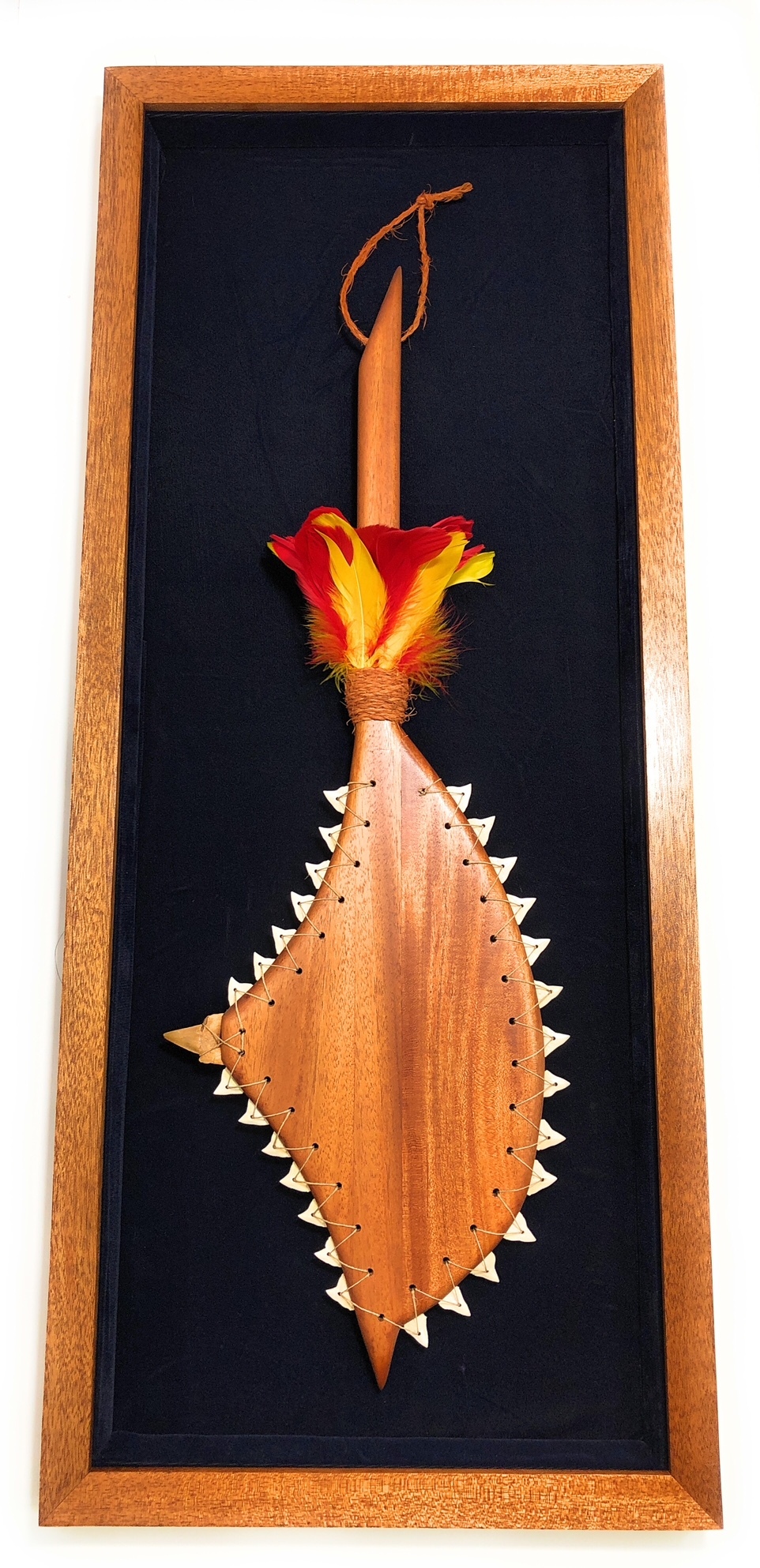
The
Hawaiian chiefs of war were symbols of strength and power. Their influence extended beyond the battlefield. They were often involved in political and social matters.
Their legacy lives on through the craftsmanship of war artifacts. Key characteristics of these leaders were:
- Strategic Expertise: Planned battles with precision.
- Artistic Appreciation: Valued intricately designed weapons.
- Political Influence: Played roles in governance.
- Social Leadership: Guided their communities.
Understanding these figures offers insights into Hawaiian history.
Tikimaster : Preserving Hawaiian Martial Heritage
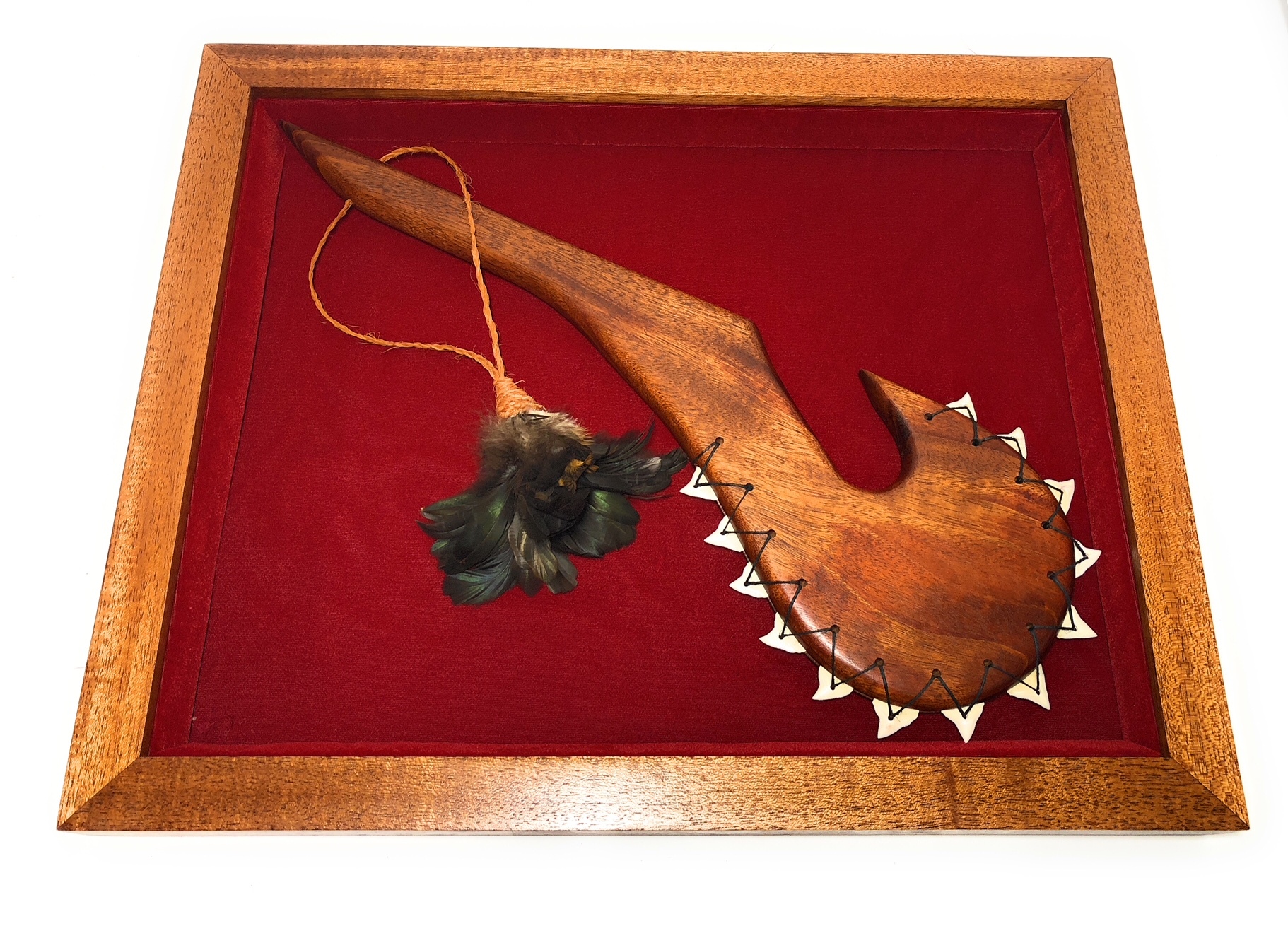
The artifacts, like the
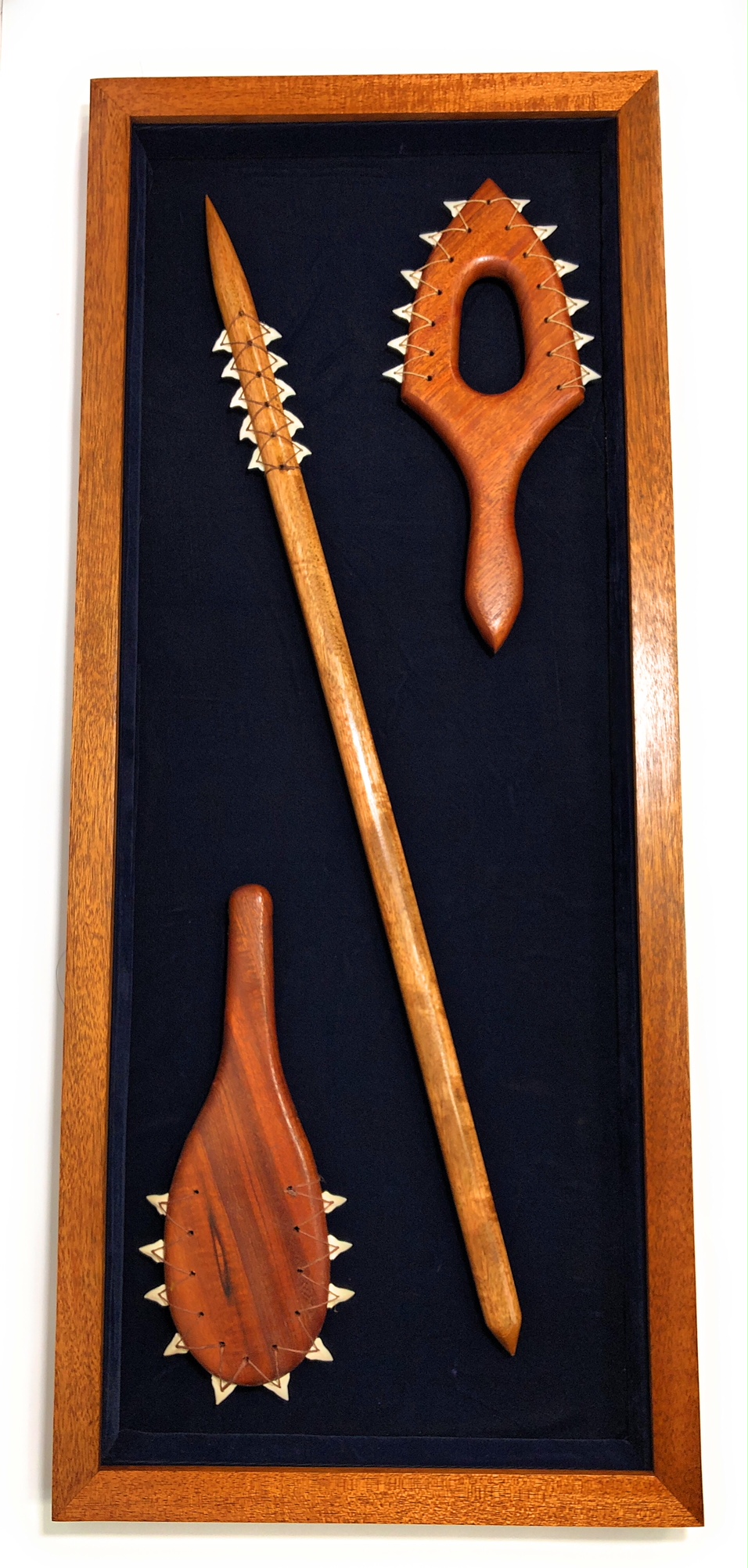
Key aspects of
- Cultural Authenticity: Ensures true craftsmanship in artifacts.
- Educational Outreach: Offers resources for learning.
- Artifact Care: Maintains condition for future generations.
- Collection Diversity: Features a wide range of martial artifacts.
Through their work,
Leiomano and Lei o Mano : The Shark Tooth Club
The
Crafted with precision, the
A variation, the
Key features of the
- Material: Constructed using wood and shark teeth.
- Design: Versatile for offensive strikes.
- Cultural Significance: Used in rituals and battles.
- Artisan Skill: Intricate tooth alignment for optimal impact.
These weapons illustrate Hawaii’s deep connection with its environment. They reveal strategic adaptations developed over time. The blending of natural resources and tactical design is indeed impressive. The
Koa Spear : Symbol of Strength and Status
The
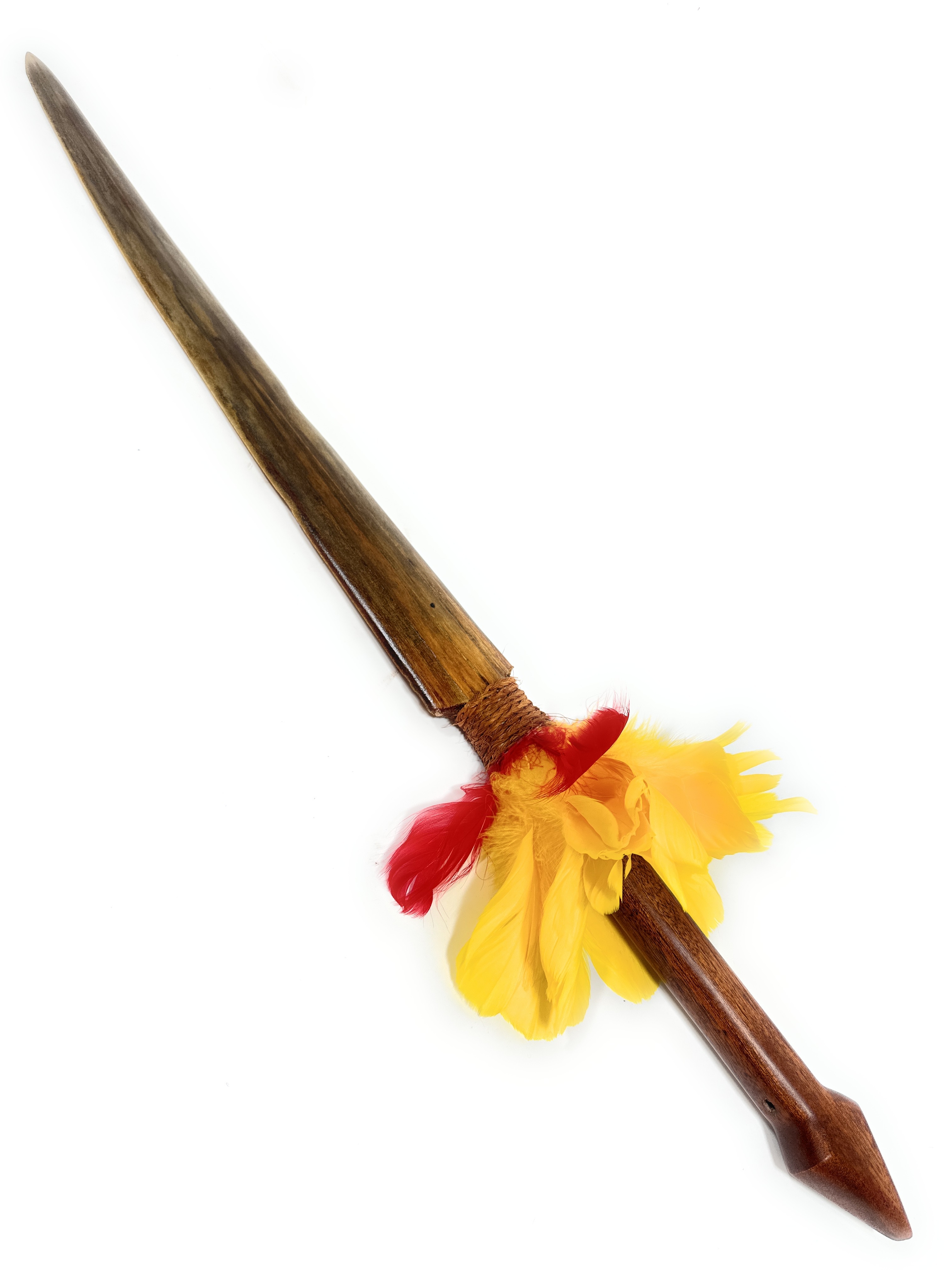
Koa wood is native to Hawaii, renowned for its robustness and beauty. The spear was not just functional but also a work of art. Chiefs and warriors prized it, reflecting both power and prestige.
Hawaiian warriors wielded the
Key attributes of the
- Material: Made from the resilient koa wood.
- Design: Crafted for both offensive and defensive tactics.
- Symbolism: Emblem of power and high status.
- Craftsmanship: Detailed engravings exemplifying artistry.
In essence, the
War Clubs: Artistry and Power in Battle
War clubs were vital in the Hawaiian warrior's arsenal. Beyond their utility, these clubs were artistic masterpieces. Intricate designs adorned their surfaces, reflecting cultural richness.
Each
The clubs, used in battle, required skill and strength. Hawaiian warriors relied on them for close combat. Their effectiveness underscored the importance of craftsmanship in war.
Notable features of Hawaiian war clubs include:
- Craftsmanship: Detailed carvings and artistic designs.
- Material: Made from strong native woods.
- Functionality: Effective tools in close combat.
- Symbolic Meaning: Represented personal and cultural identity.
In summary, these war clubs combined artistry with martial effectiveness. They stand as a testament to the warrior spirit and artistic tradition in Hawaiian culture.
Hawaiian War Tactics and Weapon Craftsmanship
Hawaiian
Craftsmanship played a critical role in warfare. Weapons were designed for effectiveness and durability, which was essential for survival. The materials used in crafting weapons, like koa wood and shark teeth, showcased resourceful utilization of local resources.
The fusion of tactics and craftsmanship defined Hawaiian warfare. Each weapon was a blend of art and functionality, serving both in battle and as cultural symbols. They encapsulate ancient wisdom, reflecting the ingenuity of a people in tune with their surroundings.
Elements of Hawaiian warfare included:
- Adaptive Tactics: Suited to island geography.
- Skilled Craftsmanship: Artful and durable weaponry.
- Natural Resources: Utilized effectively in weapon design.
Tikimaster ’s Role in Cultural Preservation and Education
Education is a key aspect of
Through exhibitions and cultural programs,
Key contributions by
- Cultural Exhibitions: Showcasing authentic artifacts.
- Educational Programs: Enhancing historical knowledge.
- Authenticity Assurance: Reflecting true Hawaiian heritage.
Conclusion: Honoring the Chief of War Legacy
By preserving these treasures,






